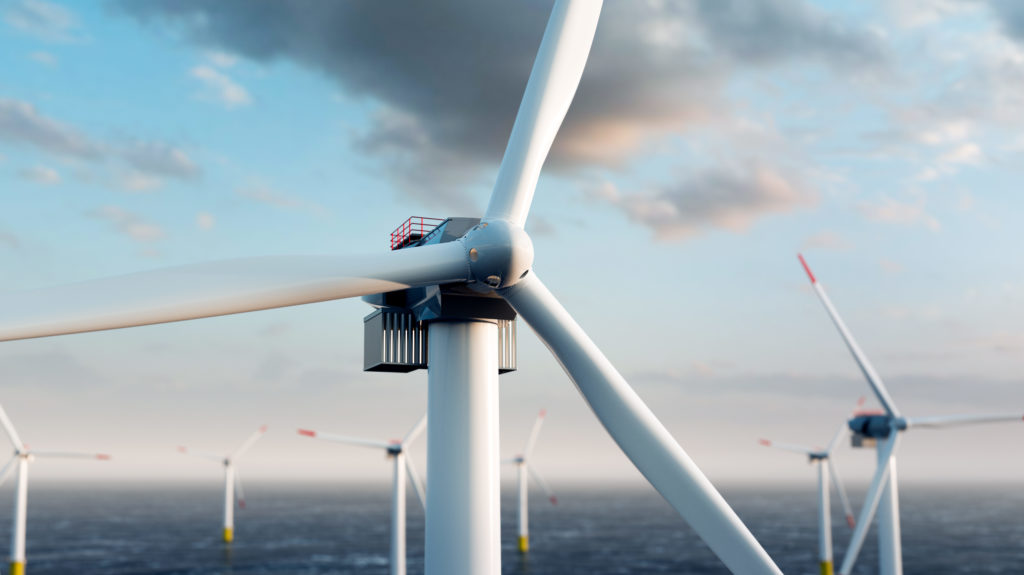Featured Experts

Monica Varman
Partner at G2 Venture Partners

Monica Varman
Partner at G2 Venture Partners
Monica Varman is a Partner at G2 Venture Partners where she focuses on investments in the circular economy, grid resilience, and food/agriculture sectors. Prior to joining G2VP, she was a core member of the sustainability practice at McKinsey & Company, where she advised senior executives in the energy and infrastructure sectors on decarbonization and growth strategies.
Monica was previously part of the business operations team at Tesla, where she helped scale Model S manufacturing. She also worked at off-grid solar company Zola Electric, where she developed its distribution and logistics strategy in Tanzania and Rwanda. Monica spent a year as a researcher with the Program on Energy Security and Climate Change at the Council on Foreign Relations and worked on the sustainable seafood program at the World Wildlife Fund.
Monica holds a B.A. degree in Economics-Mathematics and Sustainable Development from Columbia University, where she graduated Phi Beta Kappa. She also holds an M.B.A. from Harvard Business School.
In this Episode
One of the most efficient ways to get to a net-zero economy is to generate electricity from renewable sources, and then make as many things run on electricity as possible. But, as more end-use services (transportation, heating, industry) are electrified, and the source of electricity transitions from fossil fuels to renewables like solar and wind, the electricity supply chain – the pathway from electricity producers to consumers – will need to evolve, too.
Monica Varman, a climate technology investor at G2 Venture Partners who specializes in investments in grid resilience, joined Climate Now to explain how the electricity sector works and how it is evolving: What is the pathway from creating electricity from a renewable or fossil fuel source, to us being able to flip a switch in our home and have the light come on? And how are companies innovating the electricity generation-transmission-distribution supply chain to prepare us for a carbon-neutral future?

